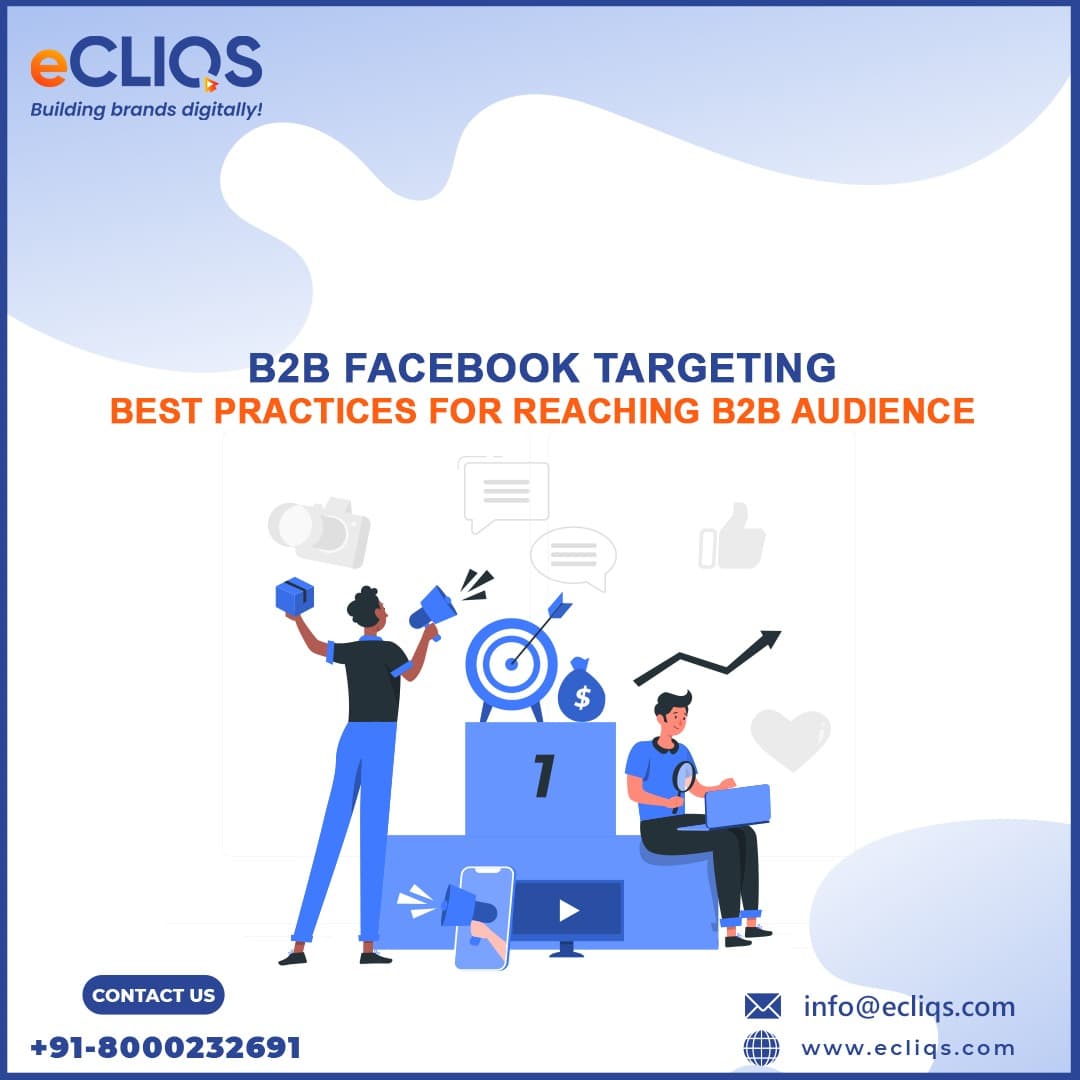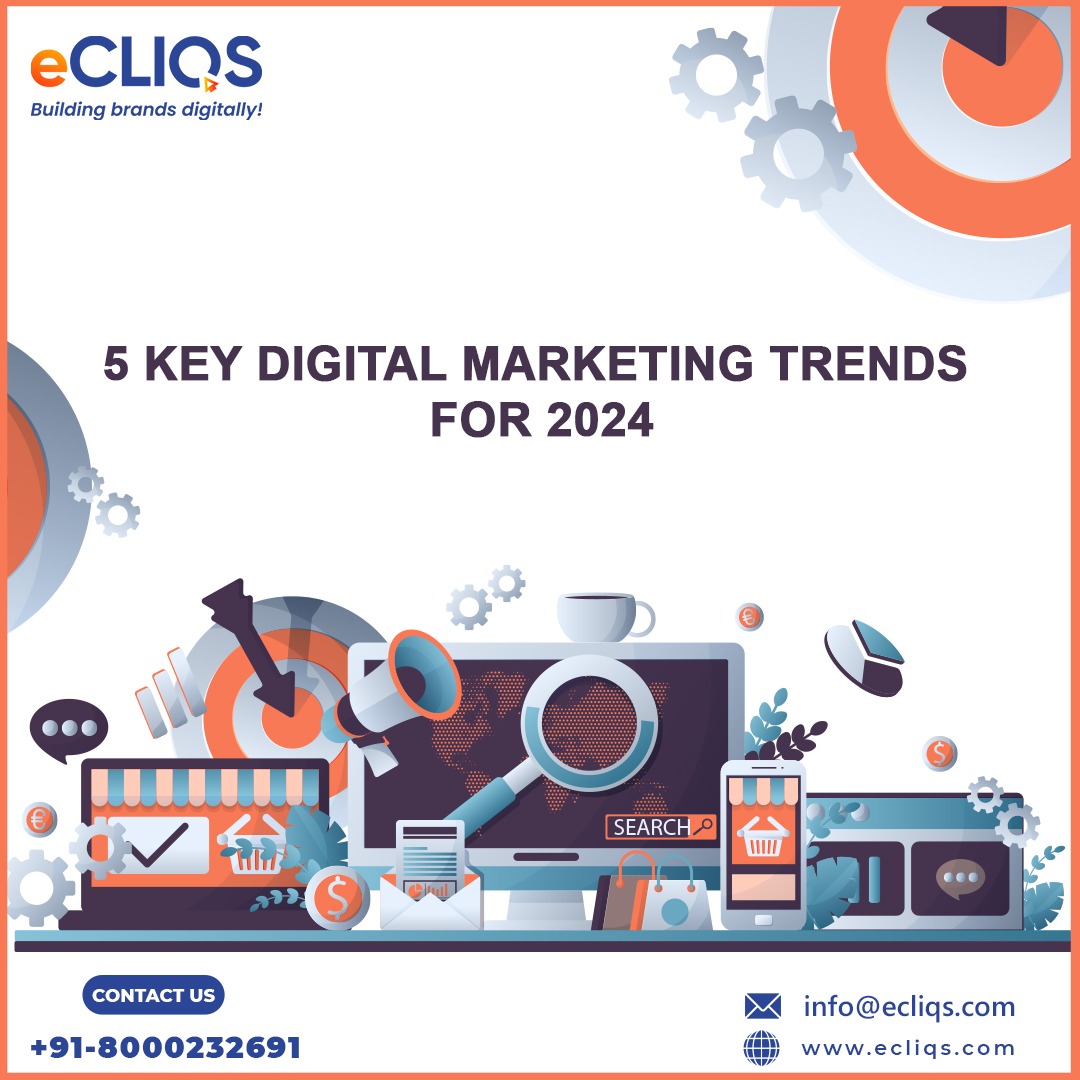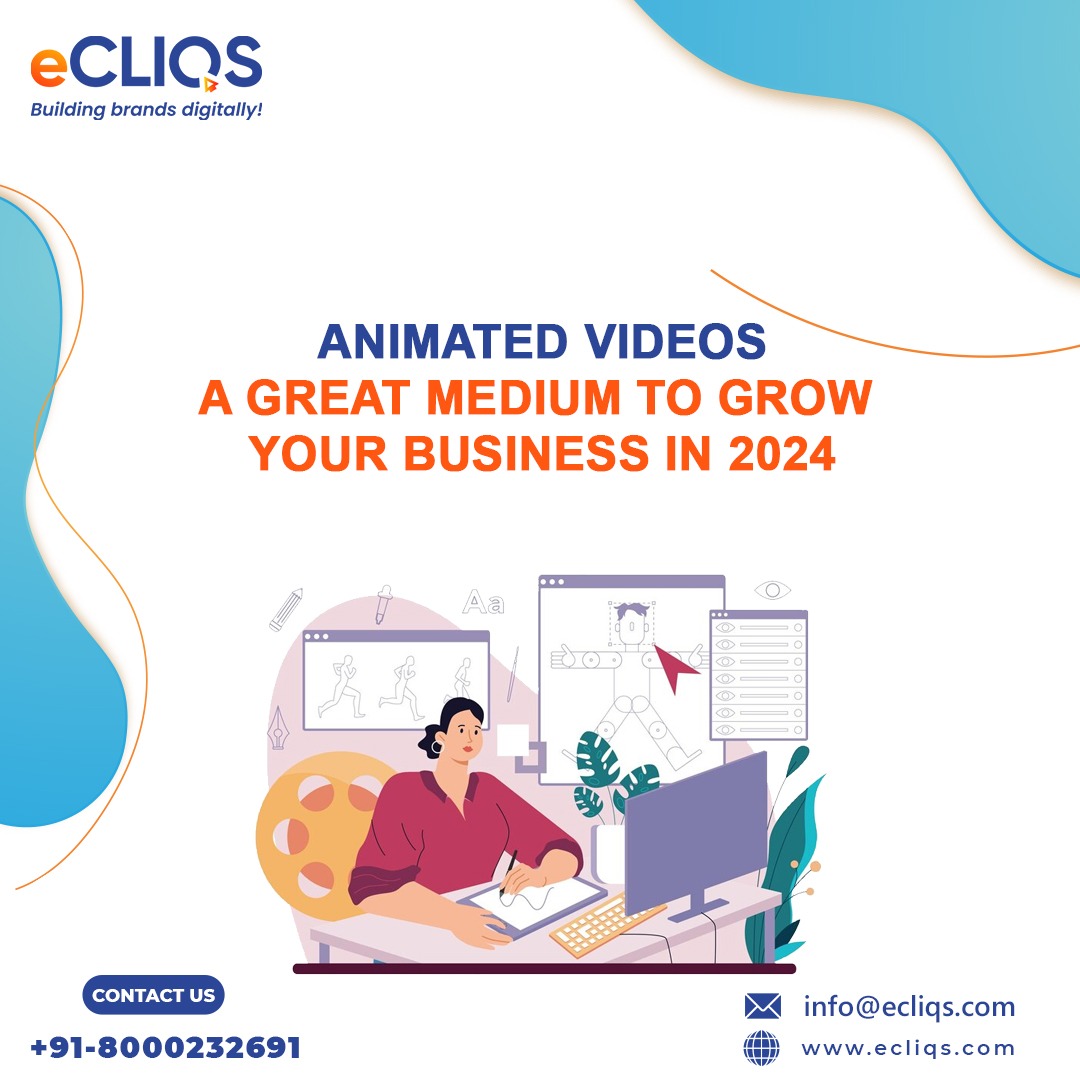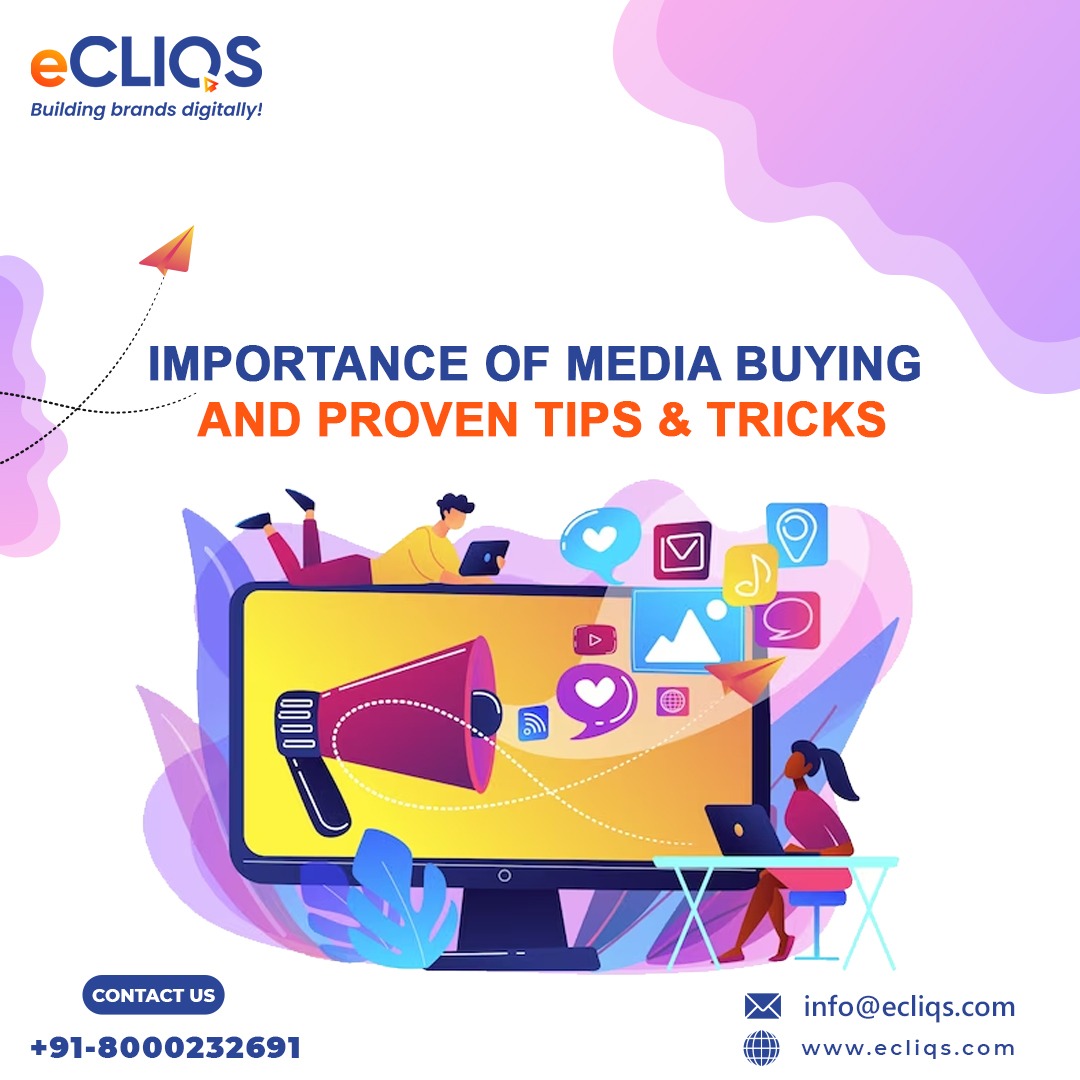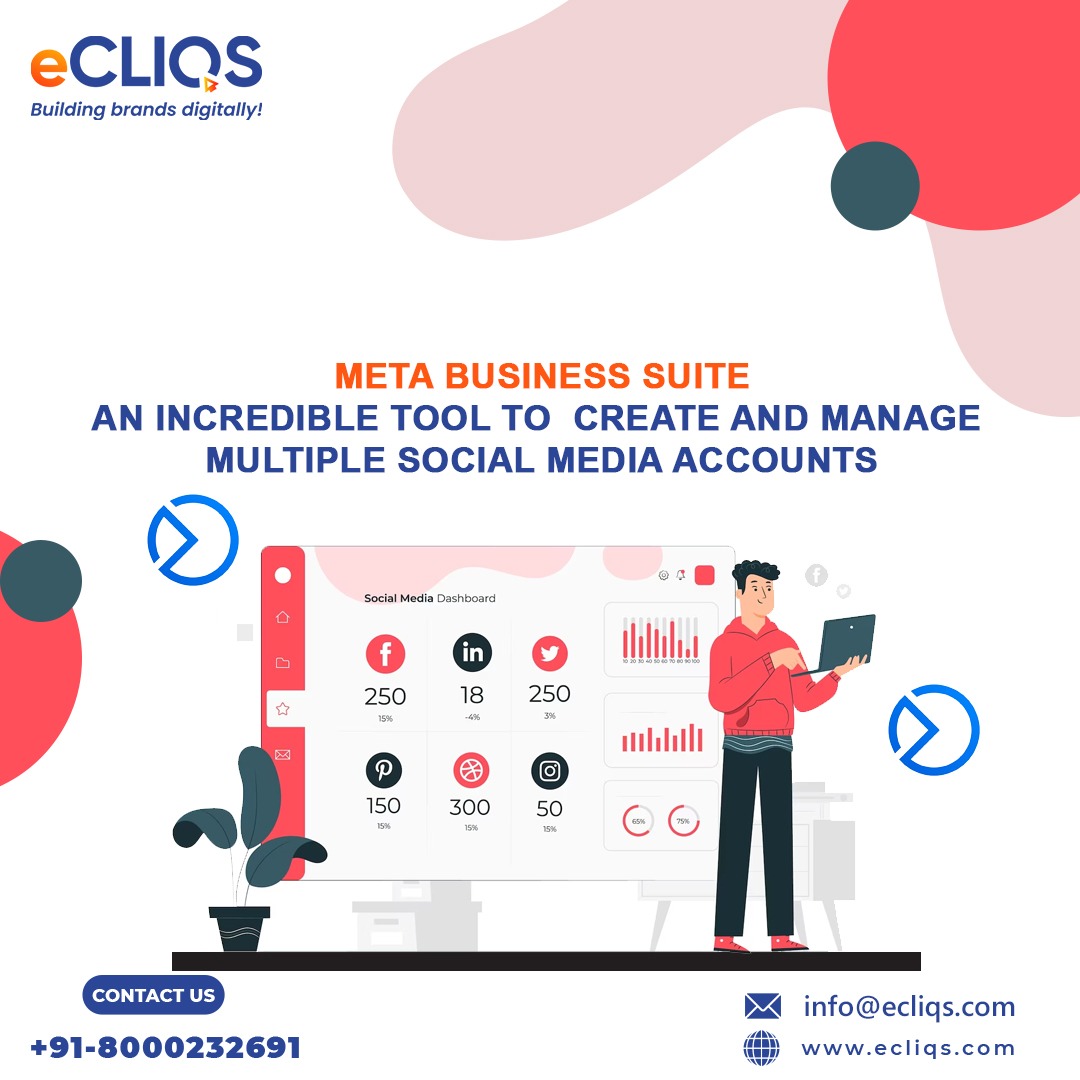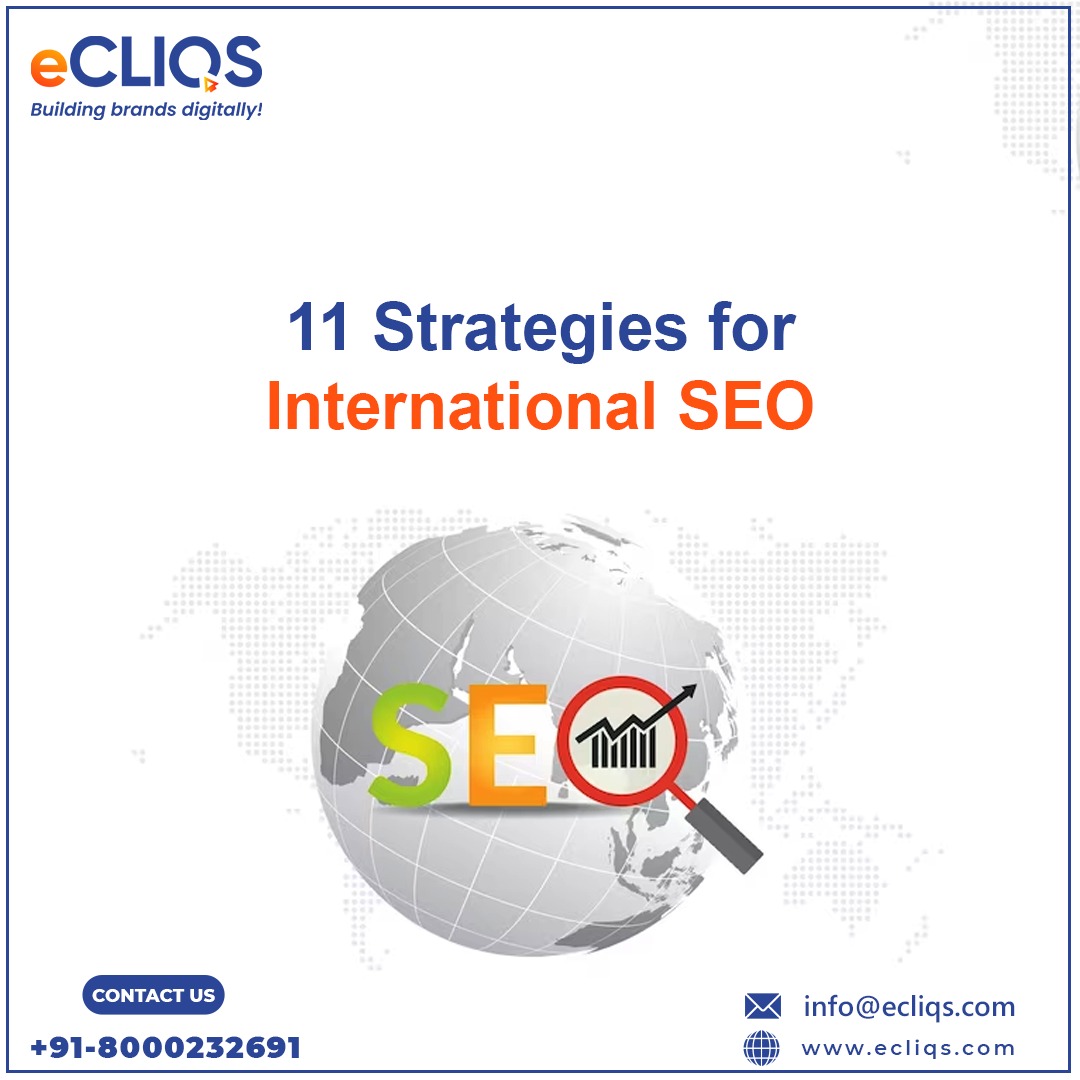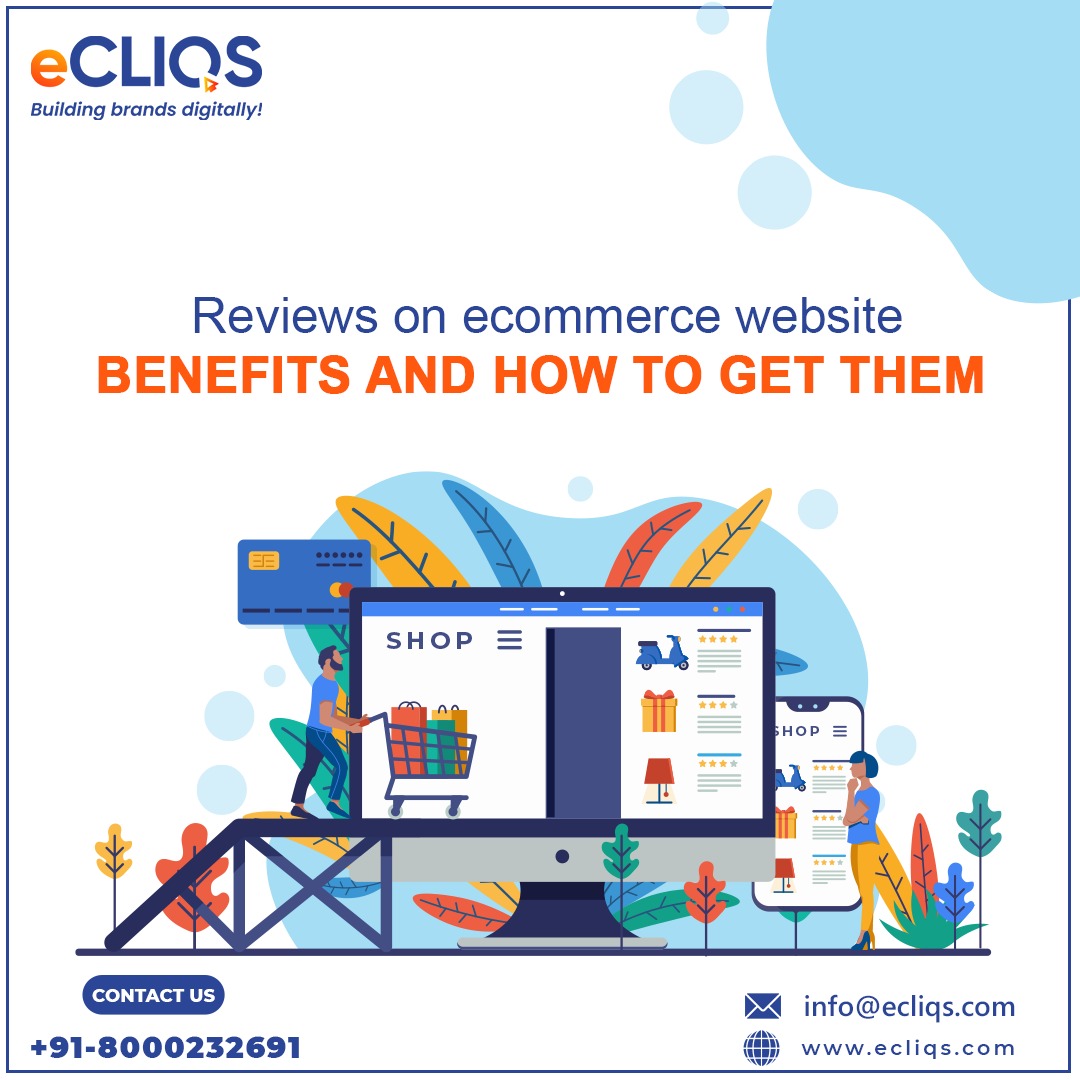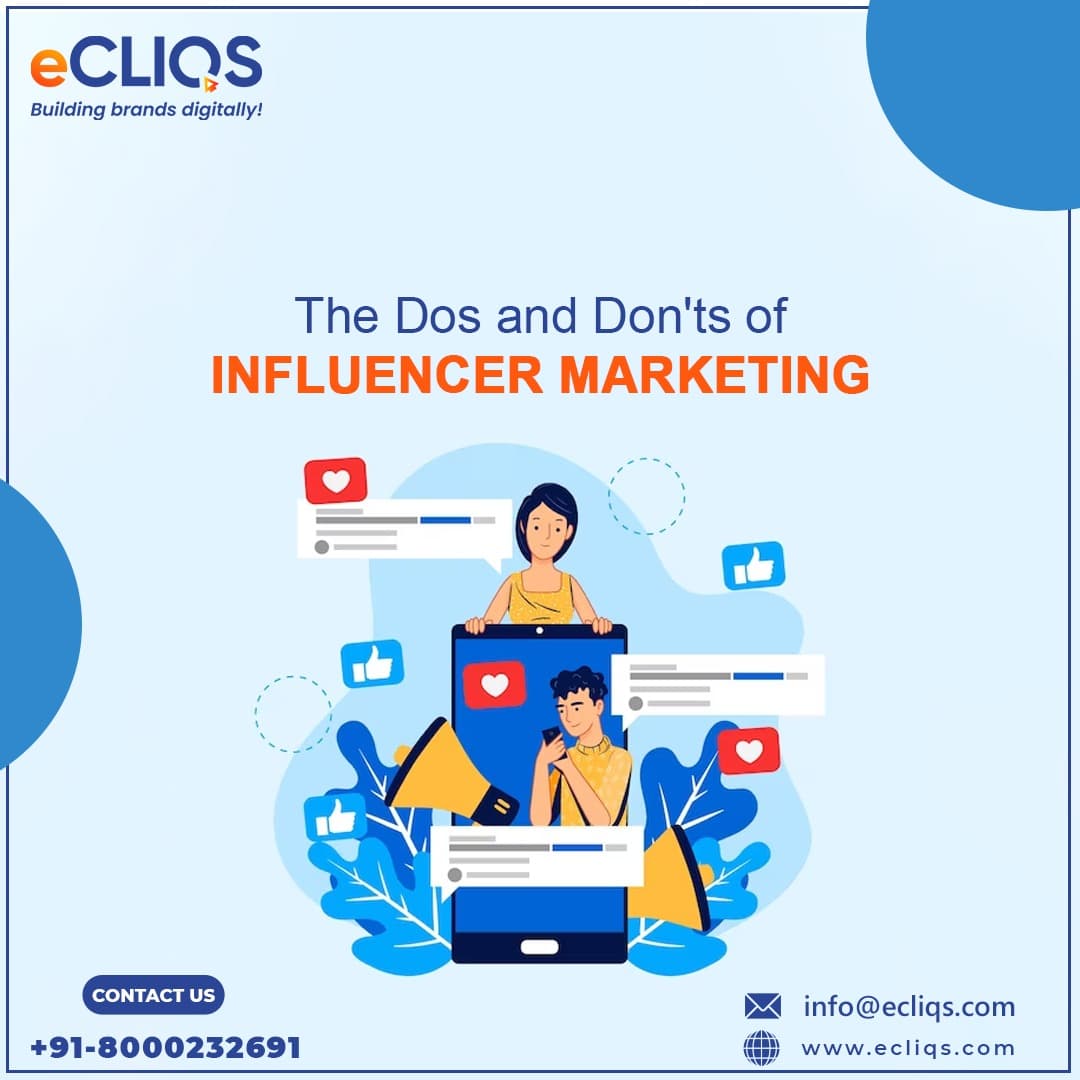B2B Facebook Targeting: Best Practices for Reaching Your B2B Audience
When you think about business-to-business (B2B) advertising on social media, your first thinking probably goes to LinkedIn — and that’s not wrong! Not necessarily. While LinkedIn is often regarded as the pinnacle of B2B advertising and targeting, there is another social media that can assist you in reaching out to your professional audience.
B2B Facebook targeting and advertising is a largely underestimated opportunity for businesses, and we’re here to clear the air regarding the benefits Facebook’s B2B targeting and ads can provide by sharing some best practices for effectively reaching your B2B audience.
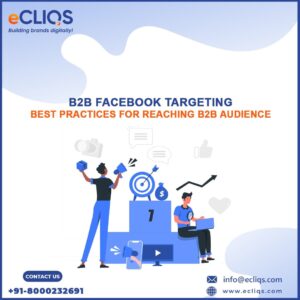
Why use B2B Facebook targeting?
With nearly 3 billion active users and a median cost per click that is substantially lower than LinkedIn, Facebook is practically a goldmine of opportunity for B2B targeted advertising, and we’ve got the tips you need to capitalize on it.
Types of B2B Audiences
Facebook’s B2B targeting possibilities may not be as niche-specific as LinkedIn’s, but there are still valuable audiences to approach. Read on to learn about the two main B2B Facebook targeting choices available today.
1. Facebook lookalike audiences:
Facebook’s B2B Lookalike audiences are an excellent approach to reaching new people who share similar traits with your current audience. In turn, they may be interested in your business.
Lookalike audiences are generated from existing Custom Audiences that you provide as a source audience. Facebook uses data from your source audience, such as demographics and behaviors, to discover other individuals who have similar characteristics, or “look like” them.
Once you’ve created your Lookalike audience, you can choose a percentage range for how closely it should resemble your source audience. The lower your proportion, the more closely it will resemble your source audience. On the other hand, the higher the percentage, the wider your audience will be.
2. Facebook B2B enterprise employees:
Instead of using Facebook’s company and job title targeting, try Facebook’s B2B Enterprise Employee targeting. Enterprise Employee categories, found in “Detailed Targeting” under “More Categories,” target employees from small, medium, and big B2B businesses. Specific targeting for Facebook’s B2B Enterprise Employee targeting options are as follows:
- – Small B2B enterprise employees (10–200 employees)
- – Medium B2B enterprise employees (200–500 employees)
- – Large B2B enterprise employees (500+ employees)
Facebook B2B Enterprise Employee Audience Targeting is an excellent way to reach more relevant audiences for your ads.
Best B2B Facebook targeting practices
Read on for some tried-and-true B2B Facebook targeting best practices to help you succeed with your next campaign.
- First-Party Data: First-party data is your buddy! First-party customer data provides essential insights into your target audience, particularly high-value audience members who are more likely to convert. Use your first-party customer data to assist narrow your B2B Facebook targeting efforts, ensuring you’re targeting the most profitable groups.
- Use of exclusion tools: Just like you would filter out inaccurate or obsolete client data in your customer relationship management (CRM) system, you may filter out B2B audiences on Facebook that you do not want to target with your advertising. Facebook’s audience exclusion tools for campaigns are an excellent approach to ensure that your B2B Facebook ads are seen by the intended recipients. Better yet, you reduce the risk of investing resources in a B2B ad campaign on Facebook that isn’t being seen by those who will engage with it.
- Create ICPs: Ideal customer profiles (ICPs) are extremely useful tools for B2B organizations who want to reach their target demographic. An ICP is a hypothetical corporation that embodies all of the features and characteristics of individuals who would benefit most from a B2B company’s products or services. In essence, ICPs assist B2B businesses in better understanding who they are marketing to.
More crucially, ICPs help B2B enterprises to target their marketing efforts. This includes B2B Facebook targeting. With an ICP, you can learn about your target audience’s interests, behaviors, preferences, and everything else. Using this information, you can use B2B Facebook targeting choices with confidence, knowing you’re hitting your intended audience.
B2B campaigns on Facebook can be as effective as LinkedIn in terms of reaching your target audience. e-Cliqs has the pleasure of working on more than 200+ Projects including B2B clients as well
Contact us today to speak with our digital marketing expert to learn more about how e-Cliqs can help you boost your business.
What Is Content Localization? How To Build a Strategy for it?
Did you know that only about 25% of the world’s population can speak and read English? This means there are many untouched markets around the world. Localization is the process of adjusting your brand’s content (such as websites or apps) for a foreign audience. Localization begins with language translation, but it does not end there. When it comes to expanding your brand into international markets, a content localization strategy is essential.
When Coca-Cola launched in China, they quickly realized the name didn’t quite have the same catchy ring to it. In Chinese, the phrase directly translates to “bite the wax tadpole”. This led to a country-specific rebrand. The world-famous drink is now known as Kekoukele in China, which has a much more palatable translation – “tasty fun”. But it’s not just brand names that don’t translate well into other languages. This is where content localization comes in.
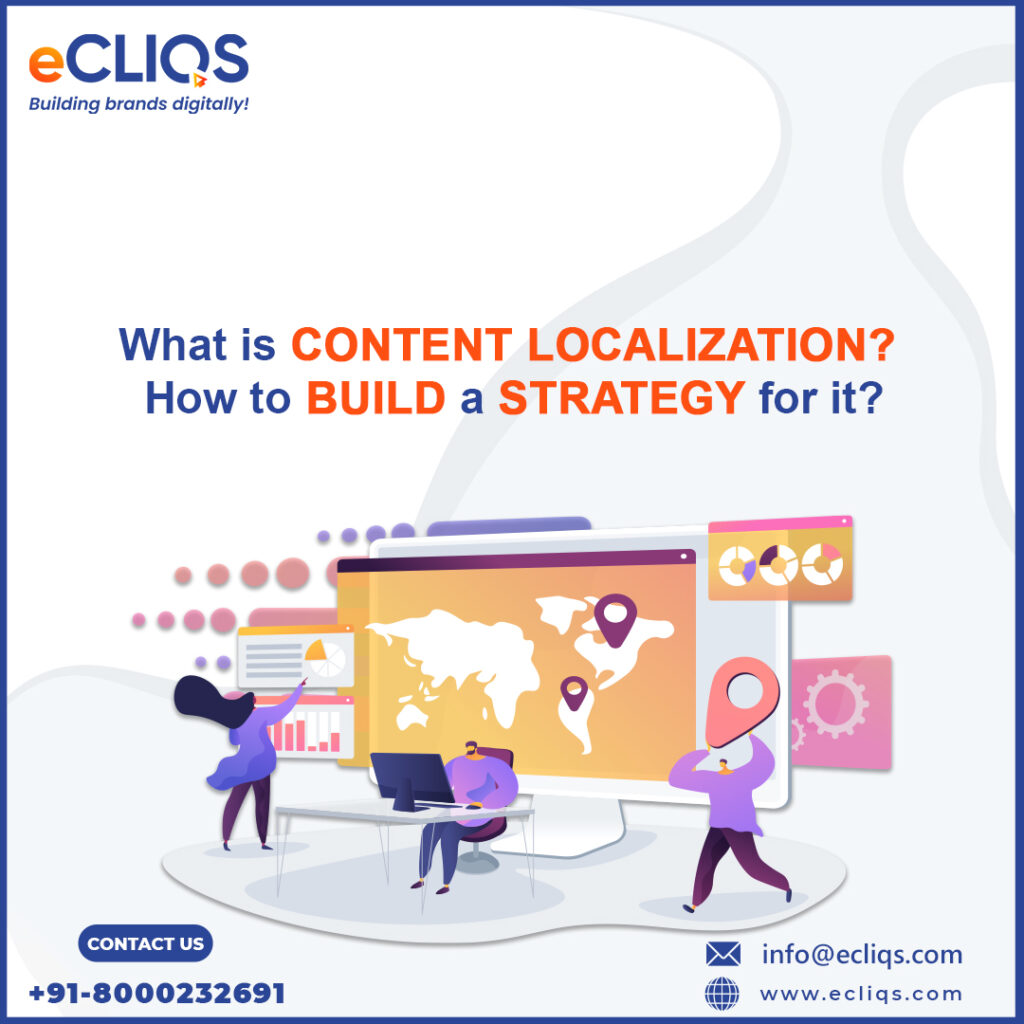
What is content localization?
Content localization is the process of adapting your existing content for a specific new market. When you localize material, it must be translated for your new audience. It should be tailored to be culturally suitable and understandable to them. A word-for-word translation is insufficient due to differences in idioms, cultural sensitivities, naming practices, formatting, and linguistic nuances. To truly establish brand loyalty, focus your marketing efforts on your new international audiences and their individual needs.
Why is content localization needed for Global Growth?
There are numerous reasons why content localization is critical to your business’s growth. Nonetheless, they all come from the same premise: consumers who feel connected spend more. Customers want to feel connected to brands. When they do, 57% boost their expenditure and 76% choose to buy from them rather than a competition. The difficult thing is making a connection in the first place. A fantastic approach to accomplish this is to create localized content that is tailored to the interests and demands of each target market.
With this form of content, you demonstrate a genuine interest in who they are and what they want. Your customers will feel understood, and valued, and that you “get” them.
Creating customized content for your target market has numerous benefits for a global brand:
- It helps you enter new markets and establish your brand better.
- It makes you more relatable to your audience, improves engagement, and builds brand loyalty over time.
- It ultimately improves your conversions, which in turn enhances your sales and revenue.
Steps to Build Effective Content Localization Strategy
- Research target market: The customer is always right – or, at least, they are always right about what they want and need. Brands that believe they know what varied markets want are on the path to disaster. Assumptions are especially harmful when expanding into new cultures and destinations with drastically different interests and lifestyles. You must perform market research to better understand your target consumer. Begin by determining whether the markets you intend to target are a suitable fit: do they need or want what you’re selling? Most importantly, can they afford what you’re selling? Then, analyze who your primary competitors are in your target location. You’ll get an overview of what works, what doesn’t, and who dominates the space.
- Understand what content to localize: Sometimes it doesn’t make sense to translate and localize all of your content for new audiences.
Running a content audit and finding your best-performing items is a smart place to begin. It’s not that you shouldn’t translate all of your content but focus on your highest conversion pages. These can include high-conversion homepages and landing pages.
- Consider your wording: Now that the translation is complete, it is more crucial than ever to increase content localization by using words that are relevant to your target market. Even countries that speak the same language use words differently. For example, British people prefer the use of ‘colour’ and Americans use ‘colors’. It might not seem much but if a British person visits your website and sees you regularly referring to ‘colors’ he might feel like you are not talking to him. A word-for-word content translation requires some adjusting to ensure you’re communicating to local audiences, and glossaries come in handy. To speed up the content localization process, you can create rules like ‘always translate: colours to colors.
- Show up in local search engines: Visitors to different destinations employ different versions to achieve the same search objective. This holds for the search terms they’ll employ to find your items or services. Localized content allows you to target the specific keywords used in distinct markets, allowing you to dominate search results for that destination. Let’s take an example of sneakers vs trainers. If your content isn’t localized, and you consistently refer to “sneakers”, British visitors may never come across your site simply because they are typing “trainers” on search engines. That is why it is critical to align your translated website with the search intent of your target audience. Even if they speak the same language, regional variances will influence their search phrases.
- Personalized shopping experience: When it comes to localization efforts, there are a few additional factors to consider for individuals who own an e-commerce site. A huge majority of customers remain skeptical of internet payments. Handing over money into the ether is a daunting prospect, so we tend to stick with more traditional payment methods.
The issue is that preferred payment methods differ depending on your client’s location. A shopper in Brazil may decide to pay with Boleto Bancario. But if they don’t see that option, they’ll gladly go with whoever does. An Indian prefers to pay with UPI, credit cards, or cash on delivery but if they don’t find that option, they are more likely to not go through with your products or services.
Conclusion: Exploring new international markets is intriguing. You are no longer constrained by borders and can swiftly convert entire populations into potential buyers.
However, the trick is to get it properly. Localization is more than merely translating the text on your website. It is about providing each user with a personalized local experience. Start with these website localization best practices to determine who your new audiences are and what they want from you. Only then can you build smooth and entertaining experiences for consumers wherever they are in the world.
References:
- https://phrase.com/blog/posts/content-localization/
- https://localizejs.com/articles/creating-a-content-localization-strategy/
- https://rockcontent.com/blog/content-localization/
- https://www.contentbloom.com/blog/content-localization-a-strategy-for-building-global-engagement/
- https://www.acclaro.com/blog/how-to-create-an-effective-content-localization-strategy/
5 Key Digital Marketing Trends for 2024
One thing that always remains constant in this ever changing digital world is ‘Change’. And it really moves fast. One best example is the rise in Artificial Intelligence during 2023. And this will just keep on increasing in 2024 and hence businesses have to keep up with this ever changing market to make sure their business gains more potential clients and leave a solid digital footprint behind.
Marketing not only changes the external environment but also the customer behavior. The psychological behavior a customer had a few years ago is not the same anymore. Since the inflation is rising like anything, customers are cost cautious. Most people now opt for brands that create an impact on society and pay back their share to the society.
There’s a lot to succeed in 2024 but if you have a few trends handy it’s always beneficial.
In this blog we will be covering the latest digital marketing trends in 2024 that will boost the growth of businesses and take it to the next level.
Let’s move!
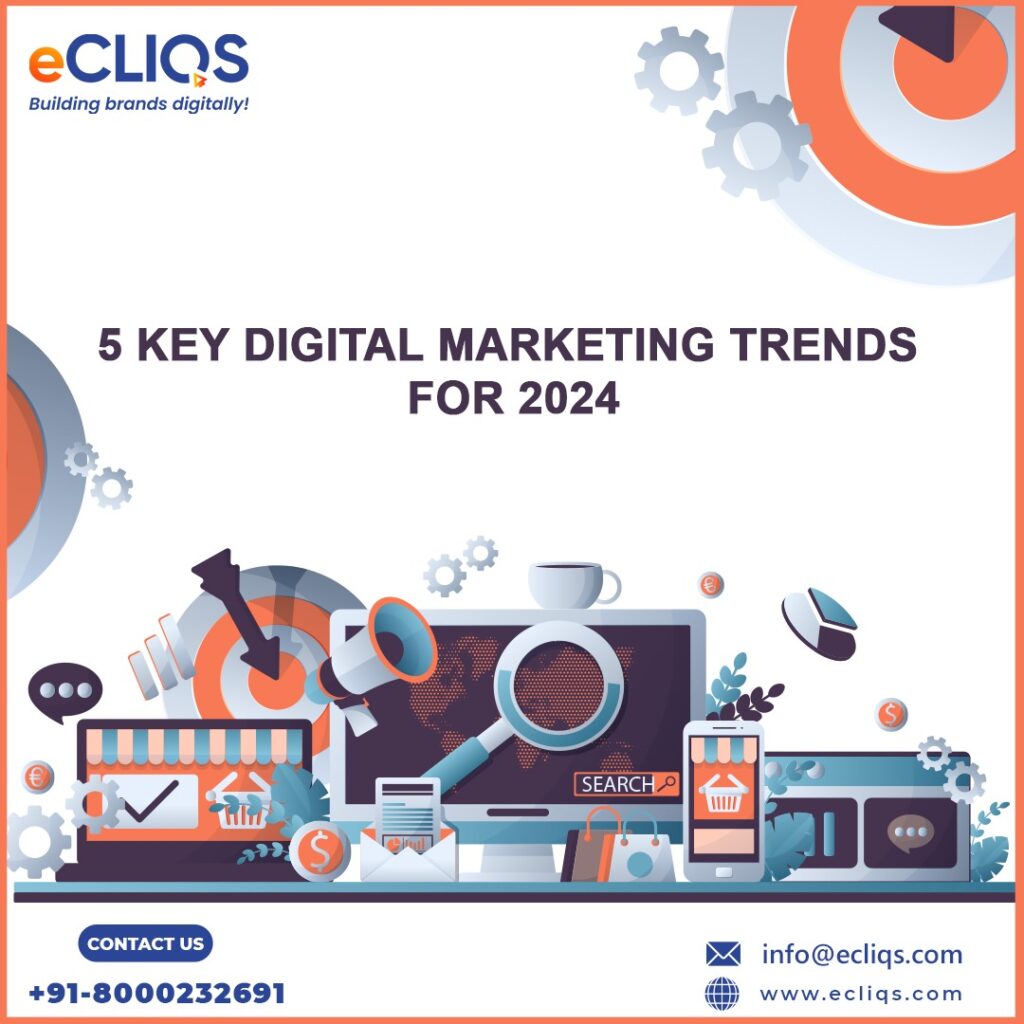
1. Social Media Trends: It’ll be another exciting year for social media! Social media platforms will continue to compete for users’ attention in 2024, and they will need to reconsider how success is defined.
There may also be a shift in dominance as the ongoing battle with X (previously Twitter) allows new platforms like Instagram Threads to gain popularity, while other networks have the ability to acquire fresh organic traffic.
- Threads on the rise: Meta introduced Threads in July 2023 and currently boasts 100 million monthly users. Threads, a competitor and alternative to X, is largely used for exchanging text updates and engaging public chats. Because user numbers will expand in 2024, businesses should have a presence on Threads, even if it’s only grabbing a username. Do your homework. Examine how other brands, such as Canva, TedTalks, and Channel 4, are utilizing it. Now is the time to play around with the platform.
- Retention is the new engagement: Marketers have observed a reduction in organic social media activity in recent years. While there are numerous reasons for this, including material quality, time of day, and device, people may migrate away from engagement and towards retention in 2024. To fight this, marketers have developed amazing social media strategies centered on entertaining, educating, and enlightening consumers. The key to driving engagement is to be playful and inventive.
- LinkedIn domination: LinkedIn recently reached a billion users worldwide. That’s a far cry from the days when it was only a site to post your resume and hunt for work!
In 2024, experts expect a huge rise in organic engagement on LinkedIn.
- AI integration on social platforms: It’s no surprise that social media marketers are utilizing AI to increase efficiency. ChatGPT and other AI tools assist marketers in coming up with campaign concept ideas, social post ideas, copy generation, and text-to-image generation.
Simultaneously, social media platforms are incorporating AI into their platforms. For example: TikTok enables us to customize feeds based on AI, Instagram is experimenting with AI stickers, LinkedIn is offering premium users AI features such as AI-powered profile writing assistance and ‘Top Choice Jobs’ signals, YouTube is experimenting with Dream Track for Shorts and Music AI tools.
However, you should be aware that adopting AI carries hazards, such as privacy and ethical issues. Consider your target audience’s attitudes towards artificial intelligence. What are their thoughts? Do they enjoy seeing this type of content? Or do they object to it?
2. AI in Digital Marketing: There’s no denying that AI has dominated headlines and turned many marketers’ minds. Continued exponential increase in AI capabilities is expected in 2024, requiring organizations to adopt the technology and stay ahead of the quickly shifting field.
- Marketing to take charge of AI: There is some uncertainty regarding what to do with AI. Because marketing departments are the most in touch with customers, they may be proactive and implement an AI approach. They can leverage the knowledge collected during the customer experience to identify the potential AI can provide to augment what a company already possesses.
When choosing an AI project, marketers need to decide whether they want to optimize processes, accelerate production, or transform the business model:
Optimize: Improve the efficiency of your internal operations (for example, by using ChatGPT to generate marketing briefs).
Accelerate: How could you apply AI to improve your current products or services? Examine the metrics available and consider whether AI would bring enough consumer value to justify raising the product’s price.
Transform: Could you employ AI to develop a new product, service, or business model? This is an excellent opportunity to walk throughout the organization and talk about the difficulties that individuals encounter and how AI may help address these problems.
- AI getting better: There’s no denying that AI outperforms humans in terms of technical expertise, and it’s available to everyone.
It is critical to consider how we navigate an organization in order to get things done. That is what will be crucial in the next two to three years. We also need to consider how we collaborate with AI.
3. SEO trends: SEO is evolving, and the future appears to be more user-centric and technologically driven. These changes could be dramatic by 2024, as AI and machine learning assist search engines in delivering results based on user intent.
So, what are the SEO trends for 2024?
- Google’s Search generative engine: Google’s SGE is using generative AI to improve the search experience. The goal is to present users with more relevant and detailed information depending on their questions. SGE also displays relevant links and features a conversational mode where users can follow up with more queries – essentially, having a conversation with Google.
- Create content that is worth sharing: It’s always been important to create great content, but in 2024 if you want to appear on search results, what you create needs to be ramped up. Google is instantly surfacing videos in high-quality images in the SGE carousel. Although the quality isn’t quite there yet, you can expect playable videos to become a critical component of your content strategy.
- High EEAT content: Google’s EEAT (Experience, Expertise, Authoritativeness, and Trustworthiness) framework is a component of its Search Quality Evaluator Guidelines, not a ranking factor. While this foundation has been in place for a decade, Google added an extra E for ‘Experience’ this year. Create a checklist of all the EEAT signals that are important to your company and grid it like a scorecard. Examine how your competitors are establishing trust and authority. Then, compare yourself to what your competitors are doing and figure out how to do better.
4. PPC trends: With so much competition for clients, paid advertising allows businesses to target their core audience with appropriate content. The pay-per-click (PPC) approach is appealing since marketers can control their expenditure and stay to a budget.
- AI assistant to Google Ads: In 2024, Google is going to roll out further generative AI tools into Google Ads, Google Ads’ user interface There is an optimisation score where you may add the display network, allow Google to write your advertising, broad match everything, or eliminate keywords.
- Digital marketing strategy trends: The beginning of a new year is an excellent time to evaluate your digital marketing approach. It’s critical to determine what worked and, more crucially, what didn’t.
A well-coordinated plan can help you achieve your business objectives, whether they be growth or brand exposure. The strategy, on the other hand, directs your team so that they know where to focus their efforts and what they are aiming for. - Data Privacy: Data breaches and data misuse damage brands, and not just financially. Customers lose trust and are hesitant to disclose personal information as a result of data breaches, which has an impact on your engagement and data acquisition. Be transparent about how your customers’ data is being used, and give them more control over their data. Examine the value you provide to clients in exchange for their data and determine whether it is adequate. Also, stay up to current on developments in data privacy rules.
- Managing customer expectations: More than 70% of customers said they were willing to pay more for sustainably produced items, according to PWC’s Global Consumer Insights Pulse Survey. This positive trend allows customers to connect their purchasing power with their social issues, while also providing companies with price power for a product or service that meets these concerns. Audit the lifecycle of your product or service to determine sustainability and focus on areas for improvement, reach out to your customers to see what you can do better, and examine your corporate social responsibility strategy.
Conclusion: In 2024, stay relevant and curious. e-Cliqs may help you improve your knowledge and skills in order to jumpstart your business. We help your business grow by providing digital marketing basics, social media marketing, SEO, analytics, AI, PPC, email marketing, and much more. Begin right away!
References:
- https://2stallions.com/blog/digital-marketing-trends/
- https://www.thinkwithgoogle.com/intl/en-emea/consumer-insights/consumer-trends/digital-marketing-trends-2024/
- https://emeritus.org/blog/top-digital-marketing-trends-2024/
- https://www.smartinsights.com/digital-marketing-strategy/digital-strategy-development/digital-marketing-trends-2024/
- https://www.simplilearn.com/online-digital-marketing-trends-article
Animated Videos – A great medium to grow your business in 2024
New year is just around the corner and what better way to enter it than stepping up your business game?
In recent years, animation videos have proven to be the most effective media for marketing initiatives. They have recently grown in prominence, owing largely to their capacity to generate leads and increase website traffic and boost conversions.
You can engage viewers, enhance brand awareness, capture their attention, and transmit your marketing message through the most effective channels by using an animated video.
Animated videos, in addition to being an excellent marketing tool, enhance your business conversion rate by keeping you at the forefront of your audience’s minds.
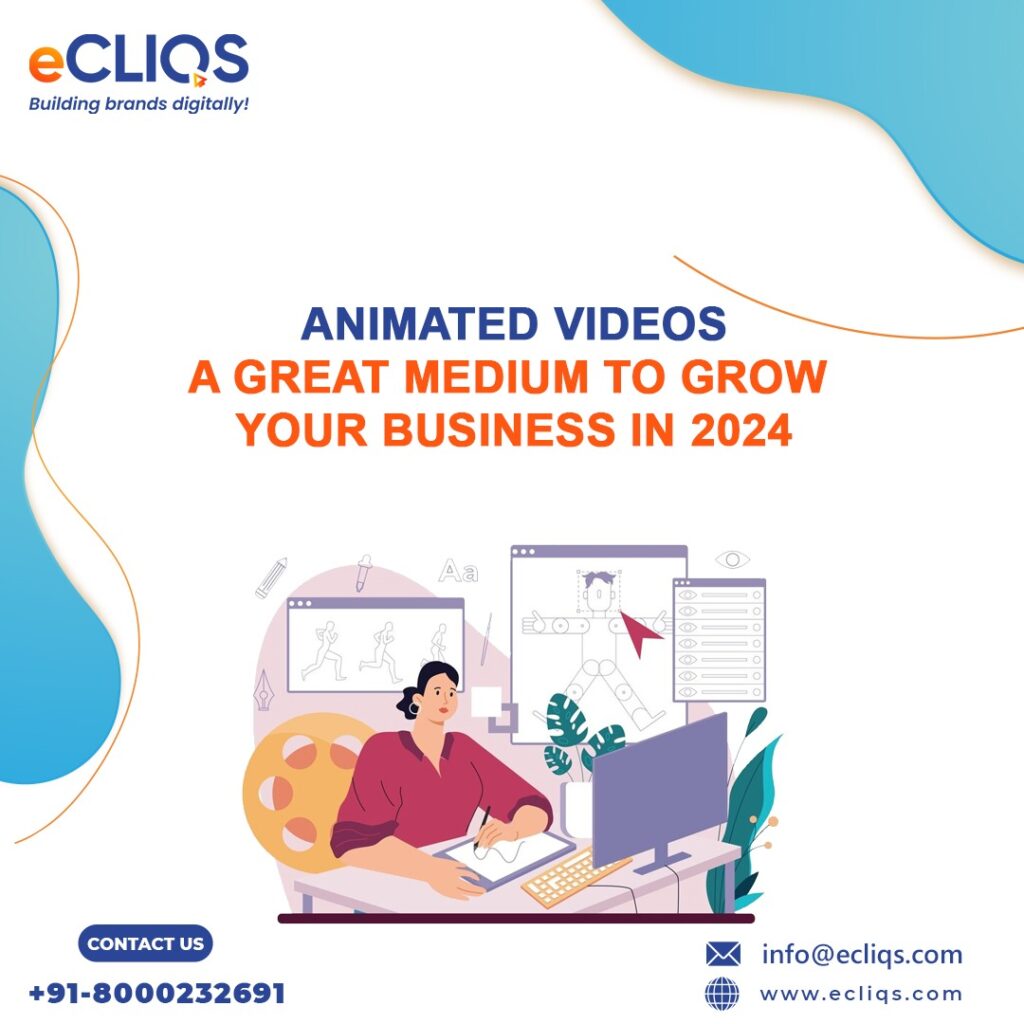
Here’s how Animated Videos can boost your business!
- Simplifies what you are doing: One of the primary advantages of animated video, regardless of business, is its capacity to convey complex topics. A realistic animated animation, for example, showcasing how your products and services make your consumers’ life easier can do wonders for your business.
Furthermore, there are no limitations to what you may create in your animated video; whatever the subject, there is a means to portray it.
- Creates emotional connection with your audience: People are more likely to watch an animation video if it features likable characters and a fascinating plot. Evenmore, people will nearly always choose to buy your goods or services as they get to know you and associate with your company.
As a result, the best way to engage clients is to create an emotional connection with them by creating appealing animation videos that portray ideas as a story and, as a result, play an important part in driving traffic.
To put it another way, if your film leaves an impression on your viewers, they will recall your brand the next time they make a purchase.
- Improves SEO: The position of a website on the search engine results page after taking into consideration multiple ranking variables is referred to as its SEO ranking. The inclusion of animated content to your website will improve its SEO, allowing it to rank higher on various search engines. Furthermore, because certain platforms analyze how long visitors stay on your website, animated videos are becoming increasingly popular.
You can also share high-quality content to a variety of platforms and people who may be interested in reading or hearing about it.
- Great for sharing on socials: Individuals are drawn to and intrigued in engaging visual stories and information, which pushes them to share the information with others.
Sharing your content is essential since social media platforms provide your products and services an extra push, enhancing your conversion rate.
Simply put, any of these “shares” might make your SEO appear more legitimate and natural because sharing material is driven by a third party.
- Helps in the brand image: Users nowadays expect companies to produce fascinating video content, and they are used to this type of communication. As a result, some well-known companies employ animated videos to promote their products.
If you can create a whole animation movie that incorporates your brand’s aesthetics and values, it will effectively represent your organization.
People begin to trust your organization when you create an animated film that perfectly engages your audience, shows their problems, and delivers a solution.
If you too are looking to expand your business’s reach and get ranked in the search engines, we just have the right tools for you. WIth our expert team at your convenience, you can take your business to new heights and stand out in the crowd!
So, start your new year by setting new targets and building your strong brand image.
Join hands with e-Cliqs today and be unstoppable!
References:
- https://motionvillee.com/how-custom-animated-video-can-be-the-marketing-breakthrough-your-brand-needs/#:~:text=Animated%20videos%20are%20memorable%2C%20educational,choice%20for%20modern%20marketing%20campaigns.
- https://www.linkedin.com/pulse/how-use-animated-explainer-videos-grow-conversions-audience-richard/
- https://www.rippleanimation.com/blog/how-to-use-animated-explainer-videos-to-increase-conversion-rates/
- https://abmatic.ai/blog/how-to-use-video-on-landing-page-to-increase-conversions
Importance of Media Buying and Proven Tips & Tricks!
In the ever growing digital world, simply creating advertisements does not ensure the success of a brand. Consumers are pampered, and competition is fierce. That is why advertisements must be intelligently positioned – at the correct moment and context, in front of the right audience. This is where the concept of “media buying” enters the marketing mix.
Competing for a piece of that attention may be exceedingly difficult for businesses, and organic advertising isn’t always enough. Media buying is a faster way of getting the brand word out to the correct people through a variety of media.

What is Media Buying?
In layman’s terms, the process of acquiring ad space and time on digital and offline channels such as websites, YouTube, radio, and television is known as media buying.
So you might be wondering what exactly a Media Buyer does?
Well, a media buyer’s purpose is to ensure that an ad campaign receives the most exposure in the target market while spending the least amount of money. Ad price negotiation and detailed research on ad placement venues are also required for effective media buying.
Now, Media Buying consists of two main types as follows:
- Direct media buying: Direct media buying entails acquiring advertising space directly from individual media organizations, such as publishing houses or ad sellers.
- Programmatic media buying: Programmatic buying is the process of acquiring digital adverts using an automated ad-buying platform. A media buyer will join up with a demand side platform (DSP) and provide campaign parameters rather than selecting a single media outlet. The DSP then uses real-time bidding to purchase ad inventory on an ad exchange or through an ad network.
The process of Media Buying
Wondering how media buying works in practice? The process has 6 key steps.
- Review media plan: Examine your media strategy while keeping in mind the campaign’s target audiences, marketing goals, ad spend budget, key performance indicators (KPIs), and target media mix. Although the ad creative will not be finalized until later in the process, start thinking about what types of advertising you’d like to run. For example, if you intend to run video advertising, look for online newspapers that accept the format.
- Target list: Create a list of potential media outlets, ad agencies, and ad vendors. If you’re considering both direct and programmatic placements, specify media buying platforms and cost.
- Develop & send requests for proposals: By offloading some of the work to media outlets and ad agencies, an RFP (or request for proposal) can help you simplify the ad-buying process. Your RFP will include information about your advertising campaign, such as goals, target audiences, an estimated budget, KPIs, and a response deadline. Based on these exact aims, vendors will react with a bespoke campaign proposal.
- Evaluate options and purchase media: Gather and assess RFP replies in a spreadsheet, grouping data elements such as technique, audience, cost, and expected KPI performance. After you’ve gathered your data, analyze choices and choose the most cost-effective set of ad placements, making sure that your media mix matches the parameters in your media plan.
- Insertion Orders: An insertion order (IO) is a legal contract between an ad seller and the entity that is placing an ad. It will include the cost, run dates, add specifications, and (if relevant) information regarding KPIs. For each media placement, create and send an IO.
- Track results: Monitor campaign performance data, such as click-through rates and conversions, and make changes to your creative assets as needed to improve outcomes. If your vendor guarantees particular performance measures (such as impressions), double-check that your campaigns meet their expectations.
Importance of Media Buying
To achieve results, strategic media buying employs digital and display advertising. Investigate what you can get for your clients and stakeholders by working with an experienced media purchasing team. Following pointers will help you understand the importance of Media Buying.
- Reach out to your target audiences when it matters: You can ensure that your brand is visible to potential customers at the right place and right time by purchasing media, whether you want it to show on billboards or in their social media feeds.
- Get higher ROI: Media buying is more than just a financial transaction for ad space. Media buying with wide networks can assist you in obtaining the best pricing for a brand awareness campaign or more leads.
- Boost your visibility: Media buyers are knowledgeable of media buying trends, which allows them to determine appropriate ad placements that provide the most interaction at the lowest cost. Furthermore, they have the potential to affect commercial space availability and ad placements during key events.
Tips and Tricks for effective Media Buying
Purchasing media is a time-consuming process. These pointers can assist you in increasing efficiency and optimizing your ad expenditure returns.
- Plan KPIs: Ad performance comparison and tracking can be difficult. To make things simpler, choose ad placements that will allow you to successfully track the KPIs established in your media plan, and confirm how and when ad providers will send performance data. Then, schedule calendar reminders for each ad vendor’s reporting periods.
- Leverage RFPs: One of the complexities of media buying is that each advertising provider organizes proposal information differently. Some will report cost per click, while others will show total campaign cost, and yet others will report cost per day. Similarly, providers may report an estimated amount of impressions, clicks, deliveries, or other campaign performance metrics.
- Agencies: Experienced media buyers are employed by advertising agencies and media buying agencies. Some companies also provide media planning services. They can assist with media plan planning, vendor selection, and performance tracking, as well as provide feedback on ad creative or insights into underperforming campaigns. Because agencies acquire a huge volume of advertisements, they have more negotiation power than an individual media buyer.
With e-Cliqs, you don’t have to worry about anything!
At e-Cliqs we have a professional team of experts which will deliver exceptional results without you having to crack your head about!
Join hands with us to ensure results driven strategies!
Conclusion: While randomly placing adverts may work, strategizing first will almost certainly work better. If this is your first time working with a media buyer, don’t be scared to ask questions and make errors. Because one campaign ends, another begins, the entire operation is a learning experience.
Sip your coffee in silence and take your business to new heights everyday with e-Cliqs!
Meta Business Suite – An Incredible Tool to create and manage multiple social media accounts?
Meta Business Manager is critical for controlling your company’s presence in Meta technology. You can delegate management of your Facebook Page, Instagram Account, Meta Ads Account, and other accounts using the Meta Business Manager.
In this article, you’ll learn how to set up Meta Business Suite from scratch and learn how to effectively manage new social media accounts. So, stay tuned till the end!
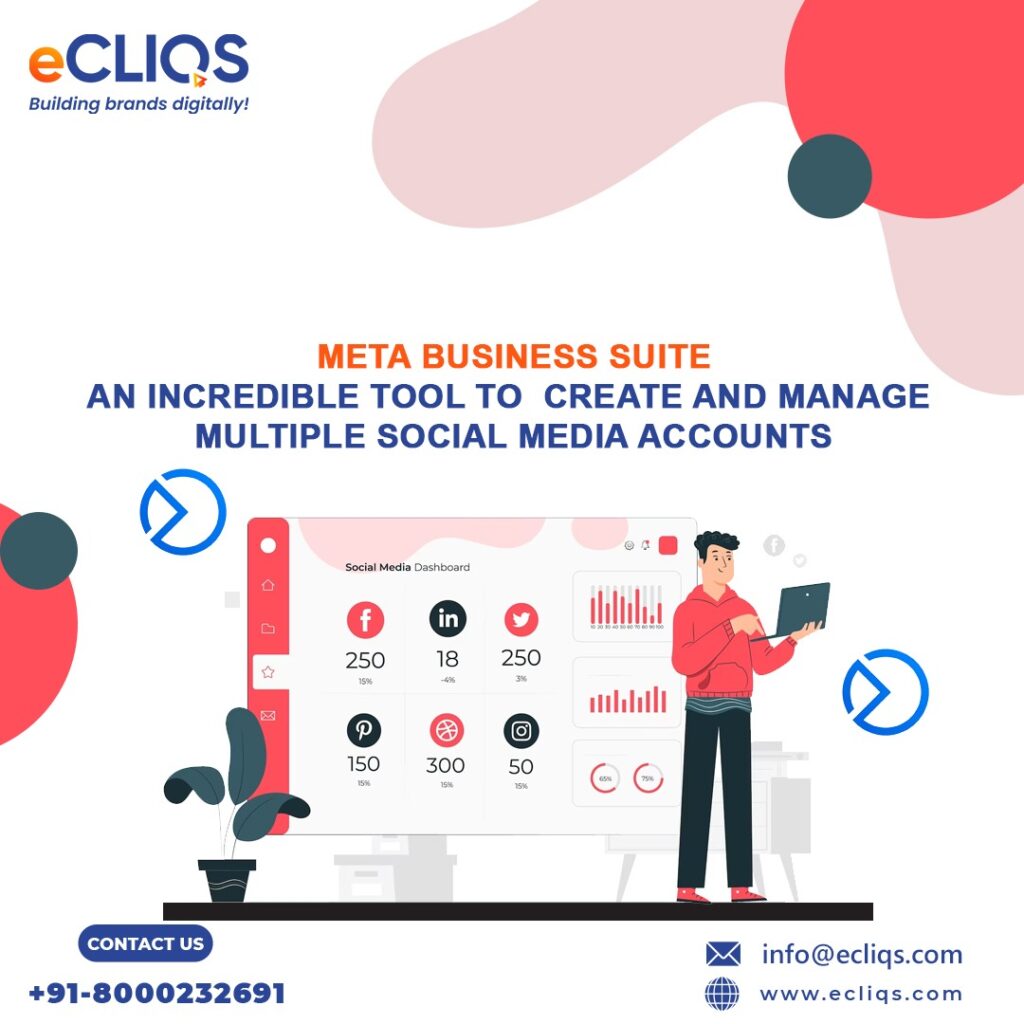
What is Meta Business Suite?
Meta Business Suite is a solution that lets you manage your Facebook and Instagram profiles (including ads!) from a single, simple dashboard.
You can manage and administrate all of your accounts using the platform, which includes a variety of tools to help you manage your company’s social media presence.
The best part? It’s free and available on mobile and desktop.
With nearly 3 billion monthly active users on Facebook alone, this tool is one of the best ways to improve your businesses’ social reach, build brand awareness, and make sales!
Below are the steps listed to create a business account!
Step 1: Creating a facebook business account
Visit business.facebook.com/overview and click on “Create an Account.” You will be asked to sign in to your Facebook account or create a new one.
Step 2: Fill up your correct information:
Fill in your full name, company email address, birthday, phone number, and password. This information will not be distributed to your followers. It will only be used by Facebook to contact you.
Step 3: Select your Facebook and Instagram accounts:
You have the option to claim your Facebook and Instagram accounts. You won’t be able to pick it if you’re managing someone else’s account.
To choose an Instagram account, it must first be transformed into a business or creator account. If you choose a personal account, Facebook will prompt you to switch before proceeding with the setup procedure.
Step 4: Add people:
Then, choose your page administrators. Enter each contact’s email address and designate them as an employee (restricted access) or business admin (full access).
If you manage your accounts on your own, you can skip this step.
Step 5: Review: When you’re satisfied with your selection and the people who have access to your Business Suite, click “Confirm.” Facebook will then send you to your dashboard overview, where you can begin using all of the platform’s functions.
What more can be done with Meta Business Suite?
1. Create and add pages to the Business suite: With the help of facebook business suite, you can create multiple business pages for your business giving the information about what the business is about, adding its location for the users to get the right location, adding timing to the business pages help users to know about the working times of the business. If the accounts are already made you can add them to the business page
2. Post across Facebook and Instagram: You may publish feed posts and stories to both Facebook and Instagram using Meta Business Suite without switching accounts. You can schedule your posts and stories, save them as drafts, or upload creative assets to the media library if you wish to share at a later time when your consumers are most interested.
3. Manage your inbox: Read and respond to Facebook, Messenger, and Instagram messages and comments in one spot, and set automated responses for faster responses.
4. Create Ads: Meta Business Suite allows you to produce ads on many platforms. This can assist you in reaching more clients and meeting your business objectives.
Before you begin, you must add a facebook page to your business account in the meta business suite. Select the business page you would like to run ads on. You must have facebook access to the page or task access to Ads.
5. Track insights and trends: View the performance of your posts, track significant trends, and discover more about your Facebook and Instagram audience. With this you will be able to understand which of your posts are performing well and which aren’t.
With the knowledge of this, you will precisely understand what kind of content works for your business and which does not.
6. See all activity at a glance: Using the Activity tab, you can view all of your company’s Facebook and Instagram activity. Unread messages and comments can also be prioritized by accessing your To-do list right from the home screen. This helps in accessing and managing all the activity from the same platform.
7. Helpful tools: You can rapidly access other Meta features such as Ads Manager, Commerce Manager, Business Settings, and more from Meta Business Suite on desktop.
Ads manager helps you run ads on your facebook as well as instagram account. Commerce manager helps you manage your inventory on the facebook business page and the business setting allows you to change or modify your business information.
Meta Business Suite is ideal for creators, personal brands, and businesses looking to streamline and improve their Facebook and Instagram marketing.
The platform includes everything you need to track your progress, respond to comments and direct messages from your audience, schedule content, generate social media ads, and much more!
But, why go through all this when you can just hire the right people who would do it for you while you sit back and take care of other aspects of your business?
e-Cliqs has a team of trained and experienced professionals who just know what is right for your business!
Contact e-Cliqs today to get the best quote!
References:
- https://www.socialmediaexaminer.com/how-to-use-meta-business-suite/
- https://www.tributemedia.com/self-serve-support/how-to-create-and-manage-your-meta-business
- https://www.socialmediaexaminer.com/how-to-set-up-meta-business-suite-and-business-manager-for-clients/
- https://www.facebook.com/business/tools/meta-business-suite
- https://www.socialmediaexaminer.com/how-to-use-meta-business-suite/
11 Strategies for International SEO
Assume you’ve built an outstanding website. However, while it is successful in your local market, it has received little to no attention on a global basis.
Acquiring international fame is critical in today’s interconnected globe. It aids in reaching a wide number of potential audiences and broadening the boundaries of your brand.
What is International SEO?
Website and its content plays a crucial role in the optimization of search engines like Google, Yahoo through a technique known as Search Engine Optimization.
The goal of International Search Engine Optimization is to increase the website’s traffic from a variety of geographic locations.
International SEO allows people from different countries to quickly find your website hence enhancing your audience base.
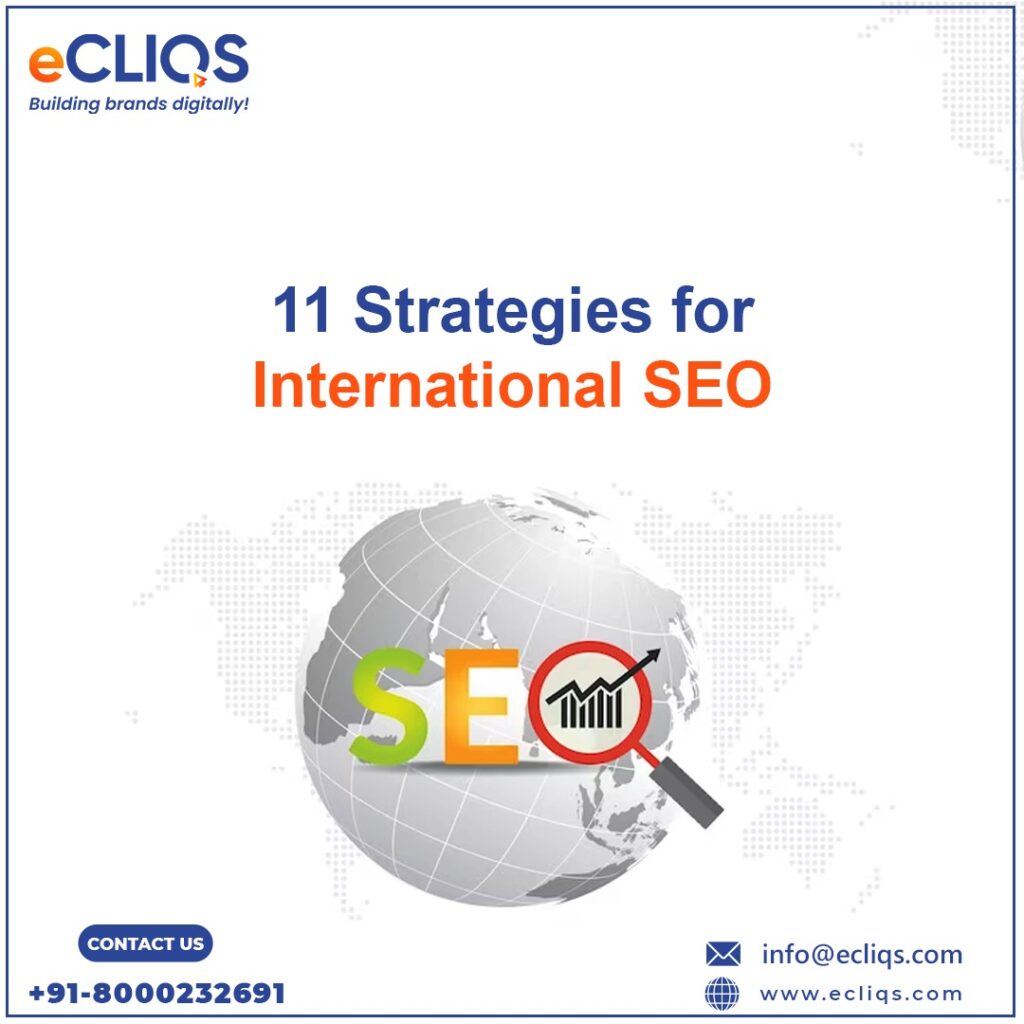
Why is it significant?
There are various languages and ways to search throughout the world. What is popular in one location may not be so in another.
What is the major task?
Beating other international websites. Everyone aspires to be the best.
Wonderful news! This post will show you how to be the greatest no matter where you are looking.
Below are the effective International SEO strategies for Global Success
- Know your Market: Many of you will already know which markets you want to target. Non-SEO considerations, such as the capacity to operate in specific markets, are frequently used to determine this. Regardless, it is important to identify which markets have the greatest potential for your company.
- Understand technical requirements: Before you get too involved in deep keyword research, you should lay out your technological approach. Having the proper technological underpinnings is critical for any foreign SEO campaign.
Each market requires dedicated URLs. To properly target several markets, each landing page requires a different version of information hosted on dedicated URLs for each language. For a more concentrated approach, country-specific versions of the page are also advised. Each landing page requires a different version of information hosted on dedicated URLs for each language in order to adequately target numerous markets. Country-specific versions of the page are also recommended for a more focused approach. - Localize copy and optimization of each landing page: At this level, it is critical to involve a native expert. You might be able to save some money by conducting your own keyword research. There are no tricks to keep up your sleeve when it comes to developing content. This is crucial not only for the user experience, but also for Google. It is Google’s responsibility to serve users with pages that provide the best experience possible. As a result, Google will prefer to serve information that is relevant to both the user’s country and language.
- Get your internal linking correct: Internally linking to the wrong version is one of the most typical blunders made while distributing information worldwide. This may not only result in your users landing on the incorrect version, but it may also send contradicting signals to Google.
- Geo-Targeting and Localized Content Creation:
Geo-targeting and localized content creation entail focusing on specific geographic locations and adapting your material to those locations’ culture, language, and habits. It is a critical strategy for companies seeking international success. - Multilingual keyword research and optimization:
The goal of multilingual keyword research and optimisation is to tap into the distinct language and rhythm of various audiences.
It’s like cracking a hidden code, allowing you to speak directly to individuals from all over the world in their own search words.
To achieve worldwide success, your website must speak the same “search language” as your target audience.
- Cultural sensitivity and user experience enhancement:
Cultural sensitivity in SEO is like a friendly handshake in a foreign country. It shows that you respect and understand the unique characteristics of each location and its inhabitants.
By combining this knowledge with user experience optimization, you’re not simply reaching out—you’re welcoming audiences in with open arms, making them feel at ease while exploring your digital world.
- International link building and outreach:
In the digital age, international connection construction and outreach are analogous to building bridges across continents.
It is the skill of making connections, building relationships, and gaining trust from websites and audiences all over the world.
When done correctly, it increases your global footprint and strengthens your image in foreign markets.
- Managing hreflang tags and country specific domains:
Consider erecting signposts in a gigantic digital metropolis to direct people from all over the world to the appropriate locations in their native language.
This is the essence of hreflang tags and country-specific domain management. It ensures that Spanish users are not lost on an English page, and vice versa.
It’s all about creating a welcoming environment for all visitors.
- Mobile optimization for global audience:
Mobile optimisation entails ensuring that your website runs flawlessly on mobile devices for users worldwide. With more people browsing on mobile devices, particularly in emerging nations, this tactic has become critical for worldwide SEO. - Region specific technical SEO adjustments:
Technical SEO modifications for different geographical regions entail altering various technical features of your website to adapt specifically to distinct geographical locations.
You can increase your website’s performance, relevance, and search exposure in specific locations by concentrating on the distinct needs and preferences of those consumers.
Conclusion:
As we approach 2024, the digital landscape continues to evolve, with International SEO becoming a pivotal focus. Businesses with global aspirations must now more than ever, prioritize adapting their online presence to cater to diverse audiences.
Understanding cultural nuances, selecting the right tools, and addressing the frequent challenges of international search optimization are all critical elements. This blend of technical precision and content localization is key to effectively engaging with audiences across varied regions.
In today’s busy life, if you think catching up on all the latest trends in international SEO is too much of a hassle for you, sit back and relax.
Let eCliqs take the front wheel while you sip your coffee in silence and see your brand recognized internationally!
Book a consultation with us today!
References:
- https://www.linkedin.com/pulse/navigating-international-seo-2024-strategies-trends-global-ekechukwu-segsf/
- https://botpresso.com/international-seo-guide/
- https://thatware.co/seo-trends-2024/
- https://www.jeffbullas.com/seo-strategies/
- https://www.techasoft.com/post/the-top-seo-trends-in-2024-a-comprehensive-guide
- https://moz.com/learn/seo/international-seo
Reviews on ecommerce website: Benefits and How To Get Them
When you make an online purchase, what is the first thing you do? In an ecommerce world where customers cannot physically experience the products before purchasing, many customers turn their heads to the reviews section to get a rough idea about the product.
As online review sites have expanded, finding an opinion on just about anything is only a few clicks away! The proliferation of reviews has even gone so far as to shape how businesses are perceived online.
Studies show that an average customer is willing to spend 31% more on a retailer who has excellent reviews.
Negative reviews carry as much weight as the positive ones. It is possible that 2 people in 10 might have some complaints about the product. Some studies show that users spend five times longer on site when interacting with negative reviews.
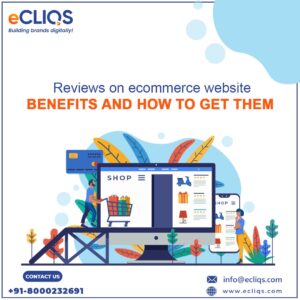
Customers like to see lots of reviews. A single review with a few positive words makes up an opinion, but a few dozen that say the same thing make a consensus. The more reviews, the better.
Benefits of Ecommerce Website Reviews:
Here are some of the many benefits of reviews posted on your website
- Drive Sales: Social proof refers to the psychological phenomenon in which people make judgments and decisions based on the collective actions of others. In this case, reading positive reviews from other people who made similar purchases drives confidence that buying a well-reviewed item is a good choice. In essence, people want proof from other consumers that a product or service is worthwhile, not just biased advertising from brands. Reviews are trusted 12 times more than other marketing materials, demonstrating that social proof is a powerful force.
- Build Trust: While handling a product is the best way to gauge quality, reviews can be the next best thing for businesses that exist solely in the ecommerce space. Reading dozens of reviews that indicate good quality and services create an online reputation that customers can trust. In fact, customers are 63% more likely to trust and buy from a company with reviews.
- Contributes to SEO results: Building an SEO-friendly web presence can take a lot of time and energy. Fortunately, customer reviews can further your mission without you lifting a finger. Most customers use keywords, like the name of the products, in their reviews, adding more content on the internet associated with you. That can benefit you twofold: your name is more likely to appear when web users search keywords related to your store, and they’re most likely to see your positive reviews.
- Aid customer decision making: When purchasing online, the customer decision-making process becomes a lot more complicated. As such, most shoppers put a lot more time and energy into evaluating products, reading reviews, and comparing items with one another before pulling the trigger.
Reviews are key to the decision-making process, helping customers to get a better idea about the product, including material, size, and shape.
How to get more reviews ?
Ecommerce customer reviews have become such a crucial part of the DTC ecommerce process that marketers should gather as many as they can.
Other than relying on customers, how can brands increase the number of reviews?
The answer is straightforward: simply ask.
In fact, 70% of those asked will submit a review. Simply asking for feedback, whether on a checkout page, as a pop-up after making a purchase, or as an email or text request following confirmation of product delivery, may make a tremendous difference.
One innovative technique to get more reviews is to create a review template that users may customize and publish under their own names. Review templates simplify the process of leaving reviews.
One more effective way of getting reviews is that brands can offer additional discounts to people who leave a review! In this way, brands get a review and customers get additional discounts! Win win for all!
Conclusion:
Customer reviews and feedback are just one part of the DTC ecommerce and post-purchase experience. e-Cliqs can help guide your brand through every aspect of successful ecommerce. We facilitate a faster, safer and smarter entry into Indian as well as global markets for businesses of all sizes through a powerful combination of technology and DTC ecommerce know-how. Contact e-Cliqs today to learn how your brand can partner with a true end-to-end DTC ecommerce.
The Dos and Don’ts of Influencer Marketing
Digital marketing has evolved into a crucial tool for firms seeking to reach their target audience and raise brand awareness. As a prominent digital marketing company in Jaipur, we realize how important it is to have a strong online presence in order to stay ahead of the competition. Influencer marketing on social media is one of the most efficient ways to accomplish this.
To gain the best outcomes from influencer marketing, it is critical to approach it with the proper plan. Here are some guidelines for brands to follow while engaging in influencer marketing:
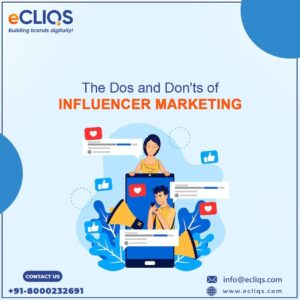
Dos:
- Set clear Campaign Objectives: Define clear and attainable objectives before embarking on an influencer marketing campaign. Having well-defined goals will guide your influencer selection and content approach, whether it’s to increase brand awareness, generate sales, or reach a new target market.
- Research and analyze the influencers thoroughly: It is critical to find the ideal influencers for your brand. Conduct extensive study to ensure that their values coincide with the objective of your brand. Examine their demographics, engagement rates, and previous collaborations to see if they are a good fit for your campaign.
- Establish authentic partnerships: Influencer marketing is most effective when influencers truly believe in your brand. Allow influencers the creative freedom to create content that resonates with their audience while effortlessly blending your brand’s objective to foster true collaborations.
- Create diverse content: Encourage influencers to develop diverse and engaging content that is consistent with their personal style and the image of your company. To present a comprehensive image of your brand, blend Instagram posts, stories, videos, and blog content.
- Measure and Analyze performance: Use relevant metrics such as reach, engagement, and conversions to track the performance of your influencer marketing programmes. Data analysis can assist you in understanding the performance of your campaigns and identifying areas for improvement in future cooperation.
Don’ts:
- Rely solely on follower count: While an influencer’s quantity of followers is important, it is not the only element to consider. A large number of followers does not automatically imply a highly engaged audience. Look for influencers who have genuine connections and engage with their followers.
- Overlook FTC guidelines: In influencer marketing, adherence to Federal Trade Commission (FTC) requirements is critical. To minimize potential legal difficulties and maintain transparency with their audience, ensure that influencers openly declare their affiliations with your brand.
- Engage in one time collaboration: Long-term relationships with influencers can produce more substantial results than one-time collaborations. Building long-term relationships helps influencers to become genuine brand advocates, resulting in enhanced loyalty and authenticity.
- Overlook micro influencers: While macro-influencers have a broader audience, micro-influencers frequently have a highly engaged and niche audience. Consider collaborating with micro-influencers, who can provide higher levels of engagement and authenticity.
Conclusion:
When done strategically, influencer marketing can be a game changer for brands. Brands can design effective campaigns that resonate with their audience and achieve real results by adhering to the dos and avoiding the don’ts of influencer marketing. Remember that the keys to unlocking the full potential of influencer marketing for your brand are honest partnerships, interesting content, and correct analysis.
10 Ways to Engage Your Existing Website Audience for More Sales on Your E-Commerce Website
Whenever you go to your favorite retail outlet, you are usually greeted by a friendly salesperson who is willing to help you pick the best product based on your requirement. They take into consideration your budget and solve any queries you may have during the process. In the end, you make a purchase and leave the store feeling happy, a satisfying offline customer experience.
Customer experience is the means by which a brand communicates with its customers at every step of the way during the buyer’s journey. As the e-commerce store continues to clutter, e-commerce shops need new ways to make their customers shop from them on an ongoing basis.Conversion rates can be boosted greatly by improving customer experience. In this article, we will look at 7 ways in which you can improve the customer experience for your Ecommerce store.
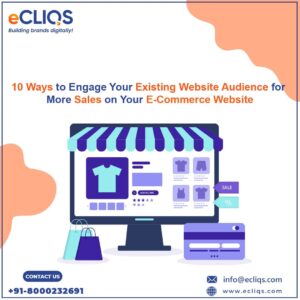
1. Personalized Email Campaigns: Email marketing remains a powerful tool for engaging existing customers. Create personalized email campaigns that cater to your customer’s preferences and purchase history. Send out recommendations, exclusive offers, and tailored product suggestions. A little personal touch goes a long way in retaining and converting customers.
2. Reward Loyalty with Loyalty Programs: Implementing a loyalty program is an excellent way to engage your existing audience. Offer points, discounts, or exclusive perks to customers who keep coming back. It not only improves retention rate but also makes your customer feel valued and important.
3. Interactive Content: Make your website a hub of interactive content. Incorporate quizzes, polls, and surveys to collect customer feedback and data. Engaging content keeps visitors on your site longer, increases their investment in your brand, and can even lead to impulse purchases.
4. Product Recommendations: Leverage AI and data analysis to provide your existing audience with product recommendations. Similar to what they’ve previously purchased or viewed can pique their interest and drive more sales. Display these recommendations prominently on your website and in your emails.
5. Social Media Engagement: Stay active and engaged on your social media platforms. Encourage discussions, share user-generated content, and host giveaways. You have to keep your customers excited about your brand so that they will be more likely to get converted into prospect customers and visit your website more often.
6. Live Chat Support: Offer live chat support on your website to assist customers in real-time. Being readily available to answer questions or provide guidance can alleviate concerns and lead to more confident purchases. It also shows that you care about their shopping experience.
7. User-Generated Content (UGC): Showcase UGC such as customer reviews, testimonials, and photos of your products in action. This not only builds trust but also creates a community of like minded people around your brand. Happy customers can be your best advocates, driving more sales through word-of-mouth marketing.
8. Push Notifications: Push notifications are an immediate and direct way to engage with your website visitors. Here’s how they can help:
- Timely Updates: Send real-time updates on product launches, promotions, and sales to your subscribers. This keeps your audience informed and engaged, driving them back to your website to make purchases.
- Abandoned Cart Recovery: Use push notifications to remind users about their abandoned shopping carts, offering incentives like discounts or free shipping to encourage them to complete the purchase.
- Personalized Recommendations: Send personalized product recommendations based on users’ browsing and purchase history. This increases the chances of cross-selling and upselling, leading to more sales.
- Flash Sales and Limited-Time Offers: Notify users about limited-time offers and flash sales, creating a sense of urgency and driving impulse purchases.
9. Retargeting: Retargeting: Retargeting involves showing ads to users who have previously visited your website. It’s a highly effective way to re-engage your existing audience. Here’s how it helps:
- Stay Top of Mind: Keep your brand in front of potential customers who have shown interest in your products but haven’t made a purchase. This reminder can lead to return visits and conversions.
- Personalization: Show tailored ads based on users’ past interactions with your website. This personalization can make them feel more valued and understood, increasing the likelihood of conversion.
10. Marketing Automation: Marketing automation allows you to create personalized and timely interactions with your audience. Here’s how it contributes to engagement and sales:
- Drip Email Campaigns: Set up automated email sequences that nurture leads and guide them through the sales funnel. Provide relevant content and offers to move them closer to conversion.
- Segmentation: Segment your audience based on their behavior, demographics, or purchase history. This enables you to tailor messages and offers to specific groups, increasing the likelihood of conversions.
Conclusion:
The market of e-commerce is constantly evolving according to the customer preferences which you can catch up for better customer engagements. Hope these tips will help you to increase your customer engagement.

